It’s Joseph from northern Indiana again here today.
I love daffodils (Narcissus spp. and cvs., Zones 3–8). I mean, I think pretty much everyone does. Right now they are peaking in my garden, and there are so many fantastic varieties out there that I thought I would share a rundown of some of my very favorite selections and why I like them so much.
I’ve realized that I tend to like daffodils that are a soft shade of yellow, rather than the traditional bright yellow. It is just more pleasing to my eye, and I think it goes more easily with other colors in the garden. ‘Cassata’ does that color perfectly. It is a split-corona form, so instead of having the traditional central trumpet, it is split and pulls back like another layer of petals. It opens a soft yellow and then fades to cream, which I just love. The only downside is that this variety hasn’t been the most vigorous in my garden; the bulbs aren’t really multiplying. But it is still beautiful.

‘White Petticoat’ is just a few inches tall and looks so different from the usual forms, with its huge trumpet and tiny, almost unnoticeable petals around it. But for a tiny plant, it packs quite a punch. This cluster of blooms is from just one bulb, and it keeps blooming a long time, as after the first flowers begin to fade, more come up to replace them. I’ve planted this little beauty along the front of many of my flower beds, and it is a delightful spring edging.
‘Trena’ is in the Cyclamineus group of hybrids, with flowers that nod down a little and petals that pull back behind the bloom. This planting in the bed between my sidewalk and the street has been fantastic—very early, heavy flowering, and vigorous. This is just their second spring, and they’ve already started multiplying.
‘Moonlight Sensation’ is simply the heaviest-flowering daffodil I’ve ever grown. Each bulb puts up multiple bloom stems, each one with a cluster of delicate cream blooms. The display is amazing! I love this variety’s color, but if you prefer a stronger yellow, the sister variety ‘Sunlight Sensation’ is nearly identical but in a bright, intense yellow.
To end the daffodil season, I love this very old, late-blooming variety ‘Geranium’, which has big clusters of fragrant white blooms with a strong orange center. This variety was introduced nearly 100 years ago, and it is easy to see why it is still popular today. It has so much vigor, so many flowers, and such a great color.
‘Fellows Favorite’ is my choice for a classic, yellow, large-cupped daffodil. There are countless varieties that look pretty similar to this, but it is my favorite because of the sheer vigor, profusion of blooms, and details in each flower that reward a closer look. At the base of each petal, the yellow fades to a soft cream, which seems like a small thing but to me is just the perfect final touch to a perfect bloom.
This little charmer is called ‘Chiquitita’. This is from the jonquilla group of daffodil hybrids, which have clusters of small, very fragrant flowers. They are one of the best groups for southern gardens, but a lot of the selections don’t thrive in my northern Indiana garden. This variety has been the exception. It may be the most vigorous daffodil I grow. This clump started as just five bulbs but multiplied to this in just its second spring.
Have a garden you’d like to share?
Have photos to share? We’d love to see your garden, a particular collection of plants you love, or a wonderful garden you had the chance to visit!
To submit, send 5-10 photos to [email protected] along with some information about the plants in the pictures and where you took the photos. We’d love to hear where you are located, how long you’ve been gardening, successes you are proud of, failures you learned from, hopes for the future, favorite plants, or funny stories from your garden.
Have a mobile phone? Tag your photos on Facebook, Instagram or Twitter with #FineGardening!
Do you receive the GPOD by email yet? Sign up here.
Fine Gardening Recommended Products
Spear & Jackson 4930FZ Razorsharp Telescopic Tree Pruner
Fine Gardening receives a commission for items purchased through links on this site, including Amazon Associates and other affiliate advertising programs.
Telescopic tree pruner with SK5 carbon steel blade which stays sharper for longer. Variable length telescopic handle extends up to 92 Inch (2340mm). Lopper for cutting branches up to 1.2" (30mm). 13 inch (330mm) saw is ideal for cutting thicker branches. Supplied with a long cord and pull-action handle. Part of the Razorsharp Advantage collection, the obvious choice for gardeners who demand and expect precise, powerful performance. "Grow Your Own" Great British Growing 2020 Award Winners.
Gardener's Log Book from NYBG
Fine Gardening receives a commission for items purchased through links on this site, including Amazon Associates and other affiliate advertising programs.
This weatherproof five-year log book includes the following features:
· Sturdy waterproof cover to protect pages from rain and muddy soil
· Lined pages and gridded paper for plotting beds
· Five years of 12-month bloom and harvest grids for recording what you planted and when
· Authoritative appendices on composting, pruning, pest and disease control, and container gardening
· Useful reminders by season on fertilizing, mulching, and transplanting
· Space for listing your favorite sources and suppliers.
Monarch Butterfly Rescue Wildflower Seeds 4 oz.
Fine Gardening receives a commission for items purchased through links on this site, including Amazon Associates and other affiliate advertising programs.
HIGH QUALITY SEEDS and EXPERT GUIDANCE: Experience the quality seed difference. We are committed to providing the highest quality, open-pollinated, non-GMO/non-GE seeds to our customers, guaranteed. A trusted source of high quality seeds since 1985. ATTRACT MORE MONARCHS: We know seeds and we know pollinators! Our expertly crafted botanical garden seed mixes contain a wide variety of both perennials and annuals that are specifically designed to attract pollinators. Attract more Monarchs and Butterflies in general. Gardener tested, pollinator approved! All Of Our Wildflower Varieties Are 100% Pure Seed, They come with complete planting instructions. Compare and see the quality value. This Wildflower Seed Mix will make the perfect gift for those gardeners in your life.








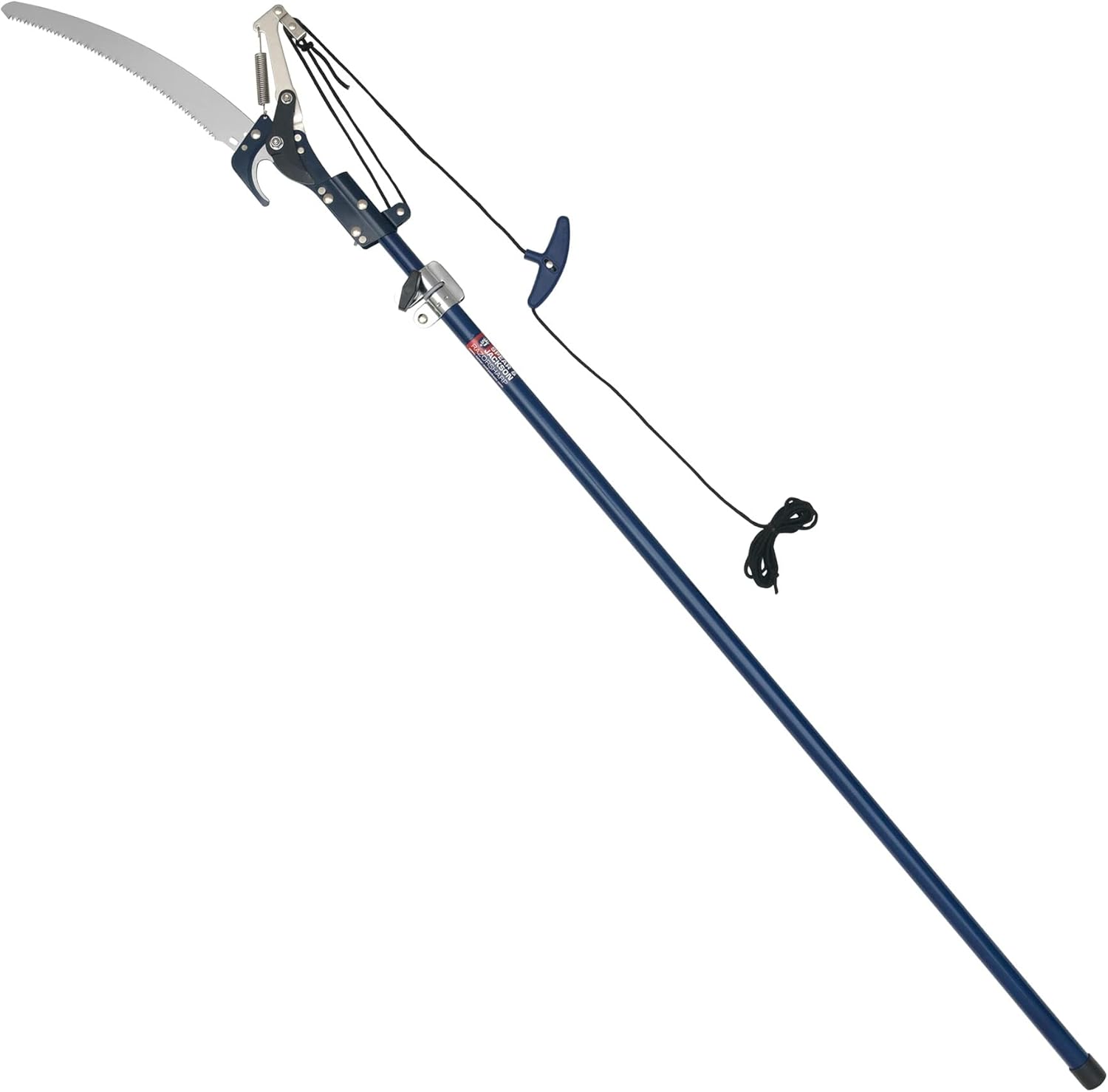
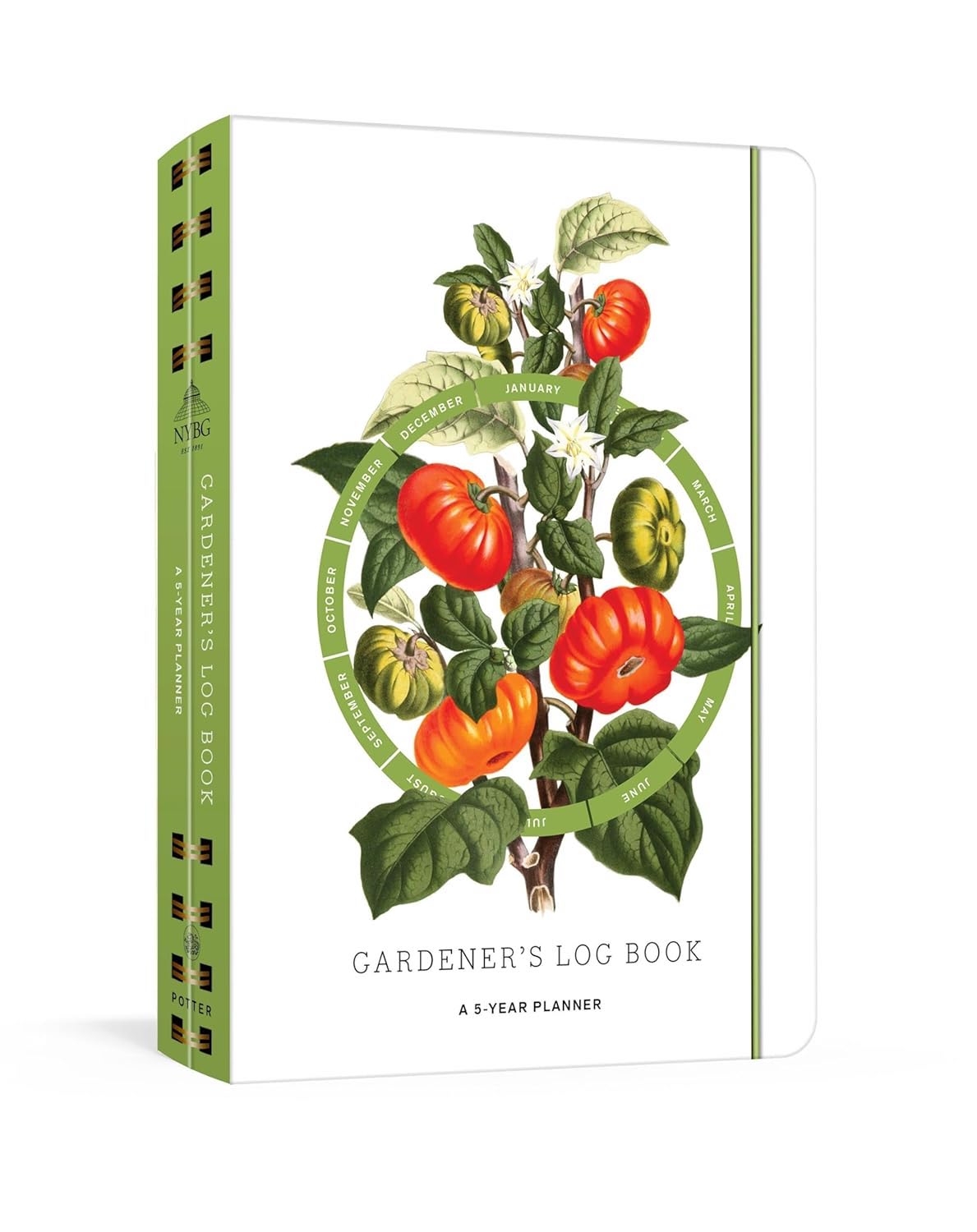


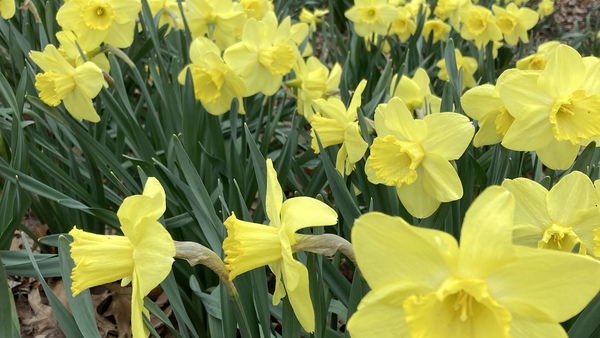
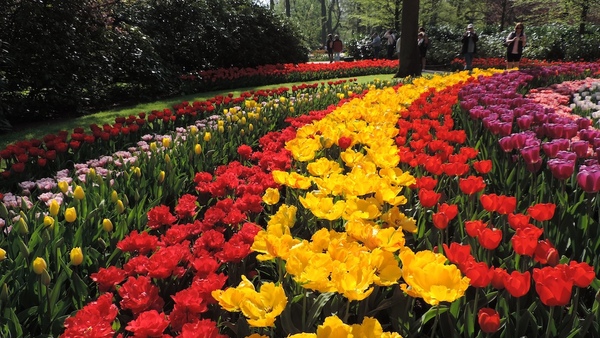

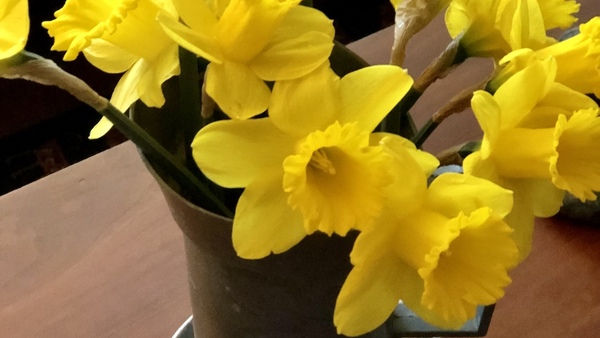
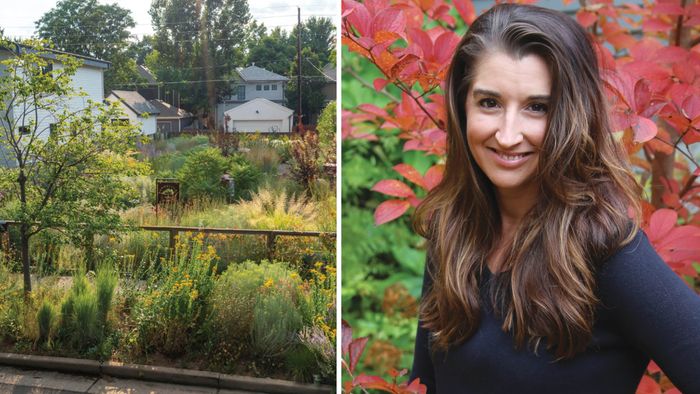
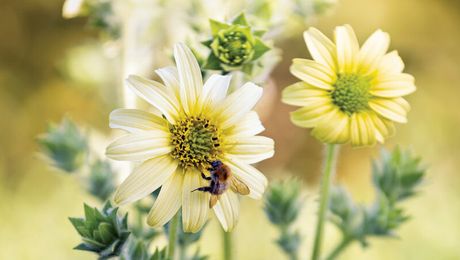
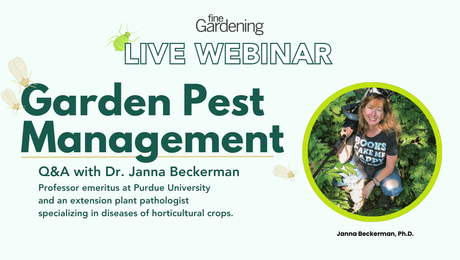


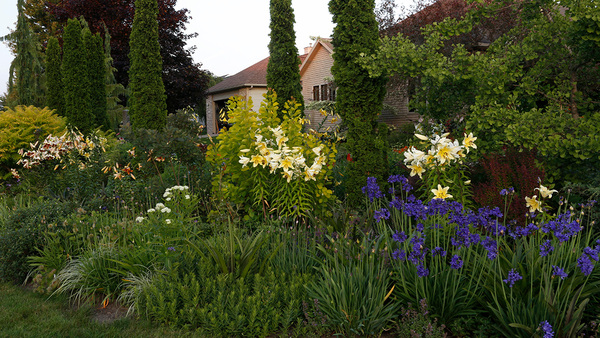




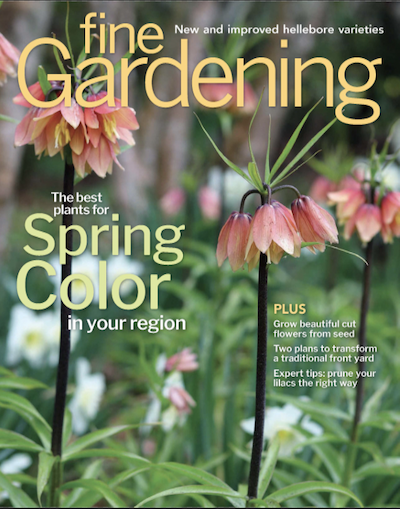


Comments
Your post on daffodils is exactly what I needed! I've been searching for non bright yellow varieties, and was happy to learn about Cassata and Moonlight Sensation!
I saved your info to Pinterest!
I just love the Geranium Daffodil shown here. That bright orange centre screams out WELCOME SPRING! I normally try and buy all my bulbs with early blooming as I am so excited that the spring has arrived; however the Geranium variety will be a welcome addition.
Thank you for such a bright good morning,
Just what I needed as I am in a 30cm snowstorm this morning, in southwest quebec canada!
Love daffodils and you have so many....do you leave all those bulbs in the ground year round? If yes I presume you have lots of perennials around them.....
So beautiful and cheerful!! I'm definitely getting Moonlight Sensation - gorgeous! Thanks for brightening our day!
I love yellow in the garden and the softness of these daffodils are sweet. Thanks for sharing.
Thanks for this post celebrating daffodils. I love them all.
Log in or create an account to post a comment.
Sign up Log in